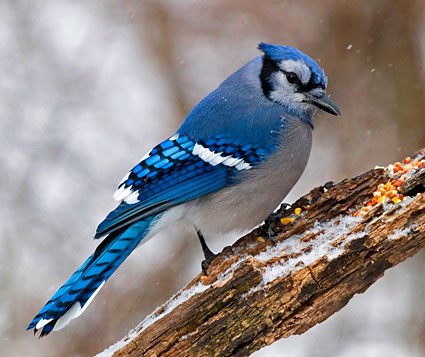IF WALLS COULD TALK: Skowhegan one of few remaining towns with Main Street designation
 by Katie Ouilette
by Katie Ouilette
Oh, WALLS and faithful readers, all of a sudden the Moose Lottery is on at Skowhegan’s Fairgrounds and the cars coming out of the historic Fairgrounds was amazing yesterday! Actually, the Moose Lottery didn’t start until June 8, so I don’t know why all the traffic was exiting at the back gate there, but I saw it when leaving Hannaford’s, so all I could think of was ‘run, little moose, run!’. Obviously Katrina has worked very hard at putting the weekend together!
Speaking of Katrina, who has headed up the Skowhegan Main Street organization. But, 2002-2004 were days of my learning and doing by attending all the training sessions in Augusta, plus taking Skowhegan Downtown Business Owners to the events. Yes, Main Street came to Skowhegan Downtown in 2002 and joined designated Main Streets in New Hampshire and throughout the project’s earliest days in Maine. By the way, faithful readers, do you know what the first designated Main Street in Maine was? Yup, it was Brunswick. Also, in speaking of New Hampshire, the National Main Street was Littleton, New Hampshire. Yes, if it wasn’t a good program, then Town Manager “Pat” Dickey would not have urged me to send a Skowhegan application. Yes, Skowhegan won, at the time, but Skowhegan’s Town Meeting had been changed and the people of Skowhegan hadn’t voted for it. So not only did a different community win, but because of the cost of the program, Littleton, NH, and all the town’s in Maine, except Skowhegan, have dropped the program because of cost and, yes, Watervile, because of the new building going on by Colby College. Katrina has done well in planning the Moose Lottery for three days in June 2018!
Speaking of Katrina, who has been on Ch.11’s Now You Know, she has chosen her office to be in the, once, Dr. Dumont’s home on Court Street.
Yes, I remember it well, as, because so many young people were employed in those days of my being 15 years old, my first job was there!
So, Katrina is following in my footsteps, for sure!


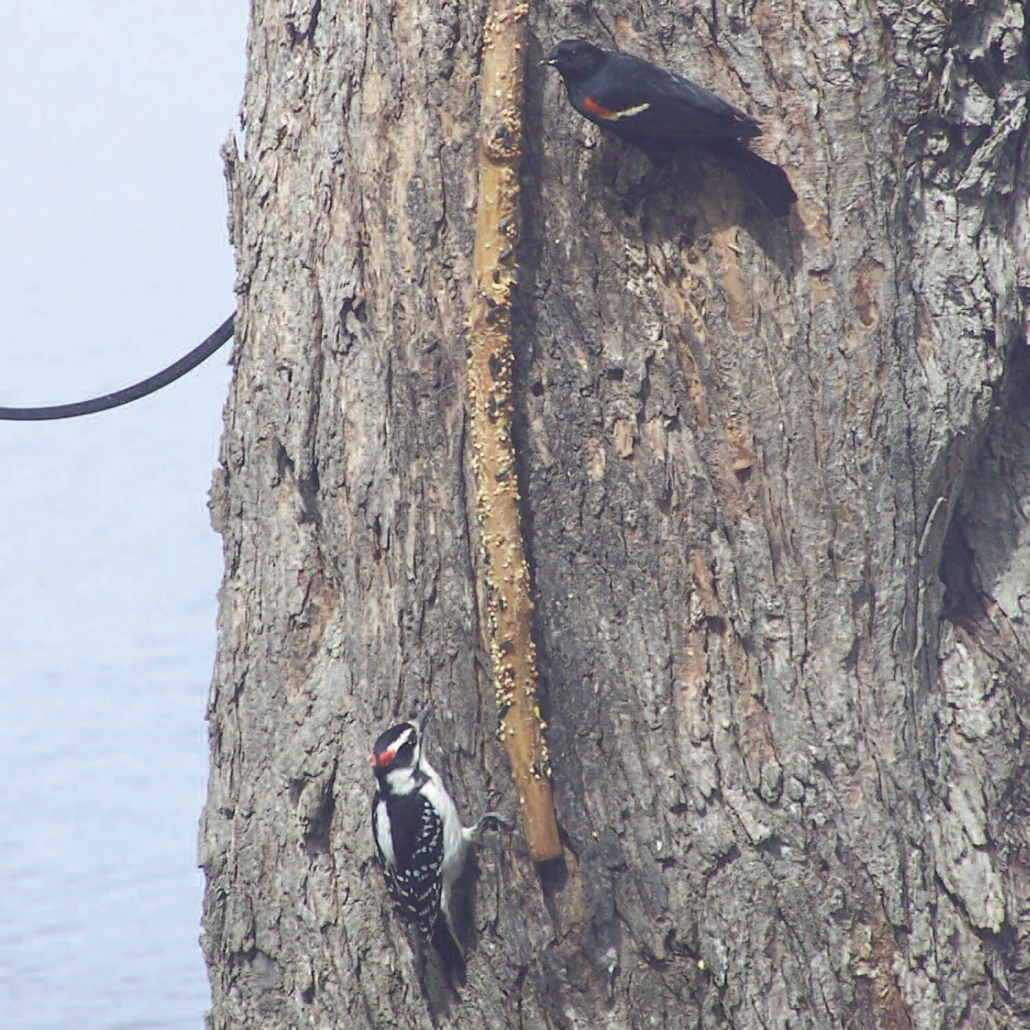
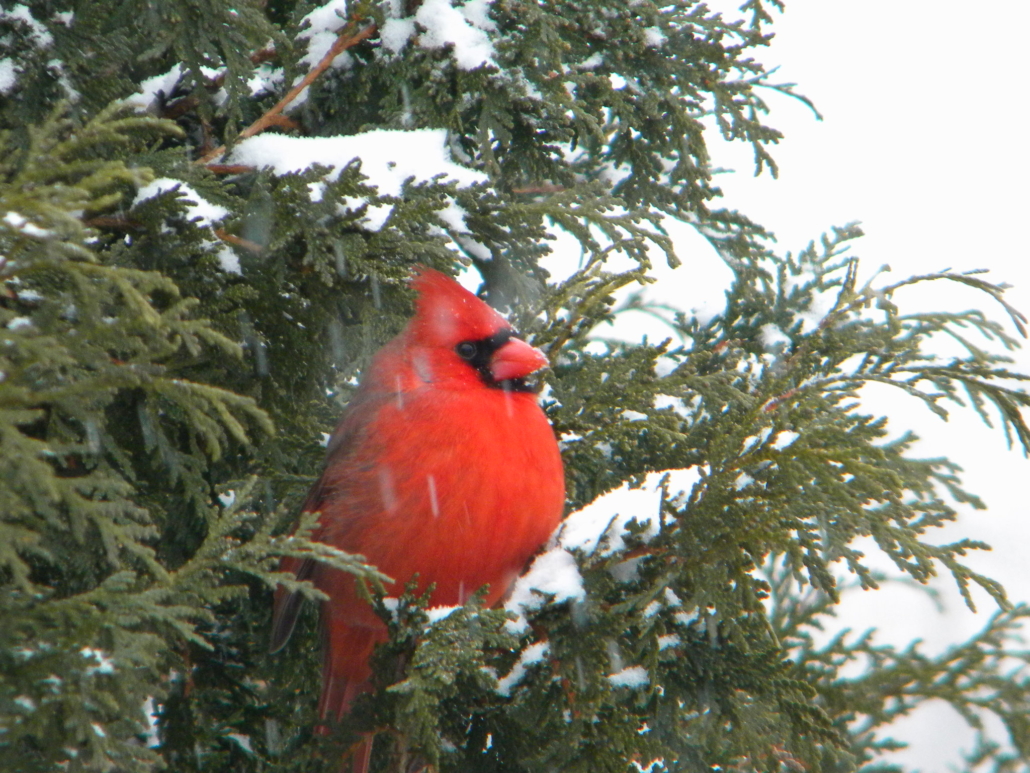
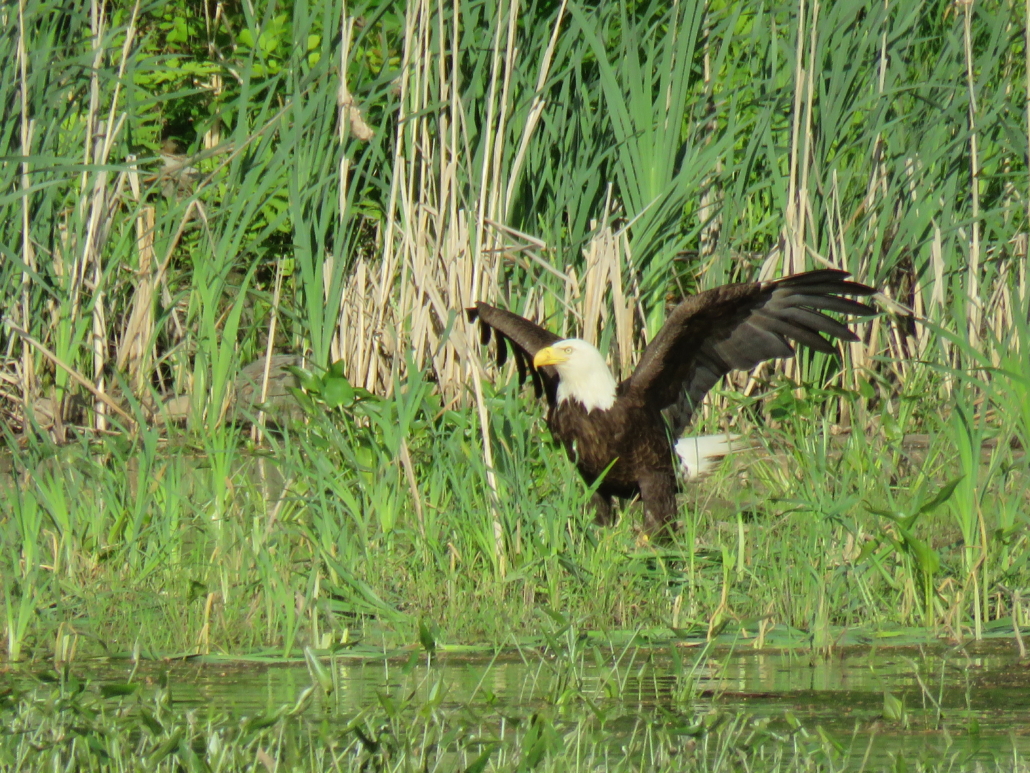
 Diabetes self-management means a number of key behavioral changes, including tweaks to diet and exercise, and learning to manage your medication. And while you can attempt those tweaks by yourself, you don’t need to go it alone. Most insurance plans, Medicaid and Medicare cover diabetes self-management education. Unfortunately, studies show only 6 percent of people take advantage of diabetes classes meant to help them manage their diabetes within the first year of being diagnosed.
Diabetes self-management means a number of key behavioral changes, including tweaks to diet and exercise, and learning to manage your medication. And while you can attempt those tweaks by yourself, you don’t need to go it alone. Most insurance plans, Medicaid and Medicare cover diabetes self-management education. Unfortunately, studies show only 6 percent of people take advantage of diabetes classes meant to help them manage their diabetes within the first year of being diagnosed.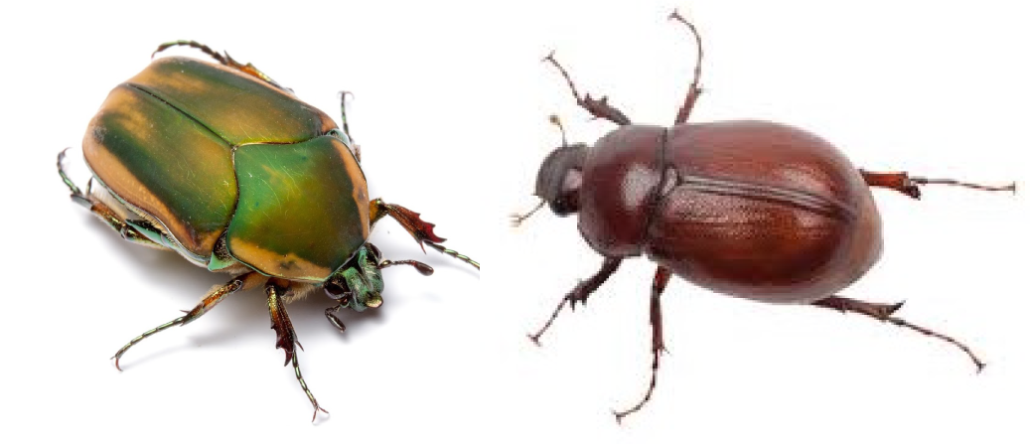

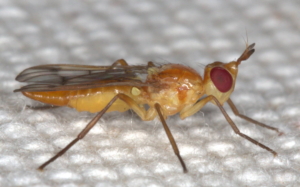






 (NAPSI) — If you ever get sick to your stomach due to pregnancy, chemotherapy, surgery, riding in a car, a boat, a plane or an amusement park ride, or even virtual reality gaming, you may be relieved to learn two things:
(NAPSI) — If you ever get sick to your stomach due to pregnancy, chemotherapy, surgery, riding in a car, a boat, a plane or an amusement park ride, or even virtual reality gaming, you may be relieved to learn two things: What To Do
What To Do